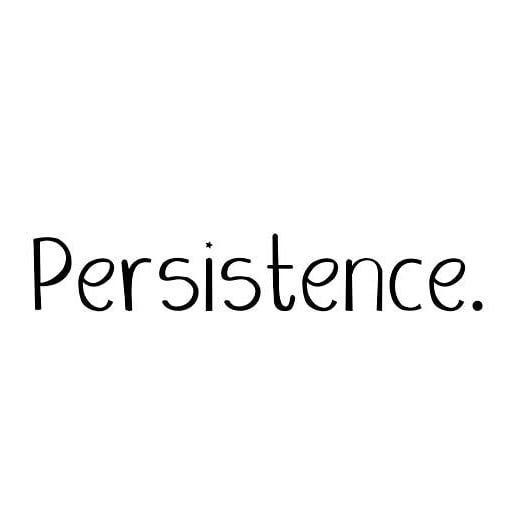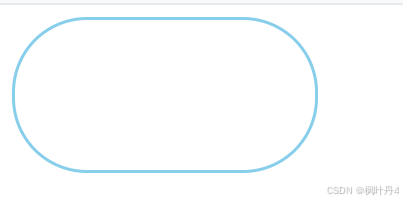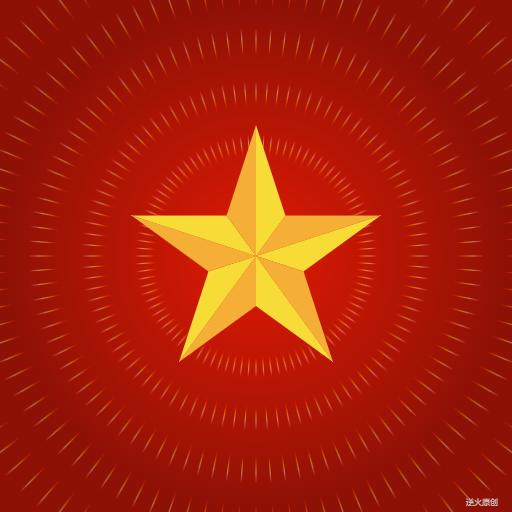LabelMe to YOLOv8 Converter
这是一个 Python 脚本,用于将 LabelMe 标注工具导出的 JSON 文件转换为 YOLOv8 格式的标注文件,并同时在图像上绘制标注的多边形。

功能
- 读取
LabelMeJSON 文件。 - 解码并显示图像。
- 从
classes.txt文件加载类别标签。 - 将多边形标注转换为 YOLOv8 的格式。
- 在图像上绘制多边形标注。
- 将原始图像和带有标注的图像拼接在一起并保存。
- 保存 YOLOv8 格式的标注文件。
安装
确保安装了以下依赖包:
- OpenCV (
pip install opencv-python) - NumPy (
pip install numpy)
使用方法
- 将此脚本放置在包含 LabelMe JSON 文件的目录内。
- 在同一目录下创建一个
classes.txt文件,每行一个类别标签。 - 运行脚本,并指定 JSON 文件所在的目录作为命令行参数。
命令行参数
/path/to/json/files: 包含 LabelMe JSON 文件的目录路径。
示例
python script.py /path/to/json/files
代码
import os
import json
import base64
import cv2
import numpy as npdef draw_polygon(image, points, color=(0, 255, 0), thickness=2):"""在给定图像上绘制一个多边形。:param image: 待绘制多边形的图像(numpy数组):param points: 多边形顶点坐标列表:param color: 多边形的颜色 (B, G, R):param thickness: 边缘线条厚度"""# 绘制多边形轮廓cv2.polylines(image, [np.int32(points)], isClosed=True, color=color, thickness=thickness)# 绘制多边形内部cv2.fillPoly(image, [np.int32(points)], color=color)def concat_images(image1, image2):"""拼接两个图像为一个垂直堆叠的图像。:param image1: 第一张图像(numpy数组):param image2: 第二张图像(numpy数组):return: 垂直拼接后的图像(numpy数组)"""# 确保两个图像的宽度相同max_height = max(image1.shape[0], image2.shape[0])max_width = max(image1.shape[1], image2.shape[1])# 调整图像大小以匹配最大宽度if image1.shape[1] < max_width:image1 = cv2.copyMakeBorder(image1, 0, 0, 0, max_width - image1.shape[1], cv2.BORDER_CONSTANT, value=[255, 255, 255])if image2.shape[1] < max_width:image2 = cv2.copyMakeBorder(image2, 0, 0, 0, max_width - image2.shape[1], cv2.BORDER_CONSTANT, value=[255, 255, 255])# 如果需要,调整图像高度以匹配最大高度if image1.shape[0] < max_height:image1 = cv2.copyMakeBorder(image1, 0, max_height - image1.shape[0], 0, 0, cv2.BORDER_CONSTANT, value=[255, 255, 255])if image2.shape[0] < max_height:image2 = cv2.copyMakeBorder(image2, 0, max_height - image2.shape[0], 0, 0, cv2.BORDER_CONSTANT, value=[255, 255, 255])# 拼接图像return np.vstack((image1, image2))def convert_labelme_to_yolov8(json_dir):"""将 LabelMe 格式的标注转换为 YOLOv8 格式,并绘制多边形到图像上。:param json_dir: 包含 LabelMe JSON 文件的目录路径"""# 生成颜色列表color_list = [(0, 0, 255), # Red(0, 255, 0), # Green(255, 0, 0), # Blue(0, 255, 255), # Yellow(255, 255, 0), # Cyan(255, 0, 255), # Magenta(0, 165, 255), # Orange(203, 192, 255), # Pink(42, 42, 165), # Brown(0, 128, 128), # Olive(128, 128, 0), # Teal(238, 130, 238), # Violet(128, 128, 128), # Gray(192, 192, 192), # Silver(0, 0, 128), # Maroon(128, 0, 128), # Purple(0, 0, 128), # Navy(0, 255, 0), # Lime(0, 255, 255), # Aqua(255, 0, 255), # Fuchsia(255, 255, 255), # White(0, 0, 0), # Black(235, 206, 135), # Light Blue(144, 238, 144), # Light Green(193, 182, 255), # Light Pink(224, 255, 255), # Light Yellow(216, 191, 216), # Light Purple(0, 128, 128), # Light Olive(30, 105, 210), # Light Brown(211, 211, 211) # Light Gray]# 加载类别文件classes_file = os.path.join(json_dir, 'classes.txt')if not os.path.exists(classes_file):print("Error: Could not find 'classes.txt' in the specified directory.")exit(1)with open(classes_file, 'r') as f:class_names = [line.strip() for line in f.readlines()]# 获取 JSON 文件列表json_files = [f for f in os.listdir(json_dir) if f.endswith('.json')]for json_file in json_files:json_file_path = os.path.join(json_dir, json_file)# 输出文件名output_file_name = json_file.replace('.json', '.txt')output_file_path = os.path.join(json_dir, output_file_name)# 读取 JSON 文件with open(json_file_path, 'r') as f:data = json.load(f)image_width = data['imageWidth']image_height = data['imageHeight']# 解码图像数据imageData = data.get('imageData')if imageData is not None:image_data = base64.b64decode(imageData)image_np = np.frombuffer(image_data, dtype=np.uint8)image = cv2.imdecode(image_np, cv2.IMREAD_COLOR)# 创建一个副本用于绘制标注annotated_image = image.copy()# 绘制标注for i, shape in enumerate(data['shapes']):if shape['shape_type'] == 'polygon':points = np.array(shape['points'], dtype=np.int32)label = shape['label']class_index = class_names.index(label)color = color_list[class_index % len(color_list)]draw_polygon(annotated_image, points, color=color)# 保存原始图像image_file_name = json_file.replace('.json', '.jpg')image_file_path = os.path.join(json_dir, image_file_name)cv2.imwrite(image_file_path, image)# 将原始图像和带有标注的图像上下拼接concatenated_image = concat_images(image, annotated_image)# 保存拼接后的图像concatenated_image_file_name = json_file.replace('.json', '_check.jpg')concatenated_image_file_path = os.path.join(json_dir, concatenated_image_file_name)cv2.imwrite(concatenated_image_file_path, concatenated_image)# 显示带有标注的图像cv2.imshow('Annotated Image', concatenated_image)cv2.waitKey(0)cv2.destroyAllWindows()# 开始写入 YOLOv8 格式的文本文件with open(output_file_path, 'w') as f:for shape in data['shapes']:if shape['shape_type'] == 'polygon':label = shape['label']points = shape['points']# 获取类别索引try:class_index = class_names.index(label)except ValueError:print(f"Warning: Label '{label}' not found in 'classes.txt'. Skipping this label.")continue# 归一化坐标normalized_points = []for point in points:x = point[0] / image_widthy = point[1] / image_heightnormalized_points.extend([x, y])# 写入 YOLOv8 格式的行line = f"{class_index} {' '.join(map(str, normalized_points))}\n"f.write(line)if __name__ == '__main__':import sys# 从命令行参数获取 JSON 目录if len(sys.argv) != 2:print("Usage: python script.py /path/to/json/files")exit(1)json_dir = sys.argv[1]convert_labelme_to_yolov8(json_dir)代码结构
draw_polygon 函数
该函数在给定图像上绘制一个多边形,并填充颜色。
concat_images 函数
该函数将两张图像拼接为一个垂直堆叠的图像。
convert_labelme_to_yolov8 函数
该函数执行以下操作:
- 读取
classes.txt文件中的类别标签。 - 遍历目录中的所有 JSON 文件。
- 对每个 JSON 文件执行以下操作:
- 解码并显示图像。
- 读取 JSON 文件的内容。
- 在图像上绘制标注的多边形。
- 将原始图像与带标注的图像拼接。
- 保存拼接后的图像。
- 将多边形标注转换为 YOLOv8 格式,并保存为
.txt文件。
注意事项
- 确保
classes.txt文件正确无误地列出了所有的类别标签。 - 请确保脚本有足够的权限来读写文件。












![[Vue]Vue3从入门到精通-综合案例分析](https://img-home.csdnimg.cn/images/20230724024159.png?origin_url=C%3A%5CUsers%5Cxiao%5CAppData%5CRoaming%5CTypora%5Ctypora-user-images%5Cimage-20240510232940607.png&pos_id=img-BFpTa3aD-1723033400704)





